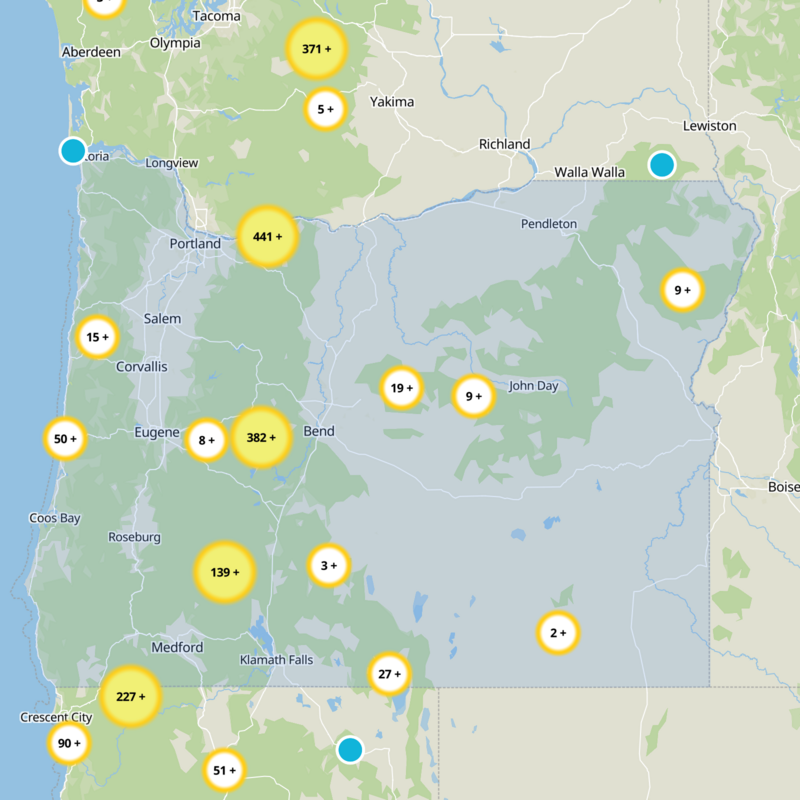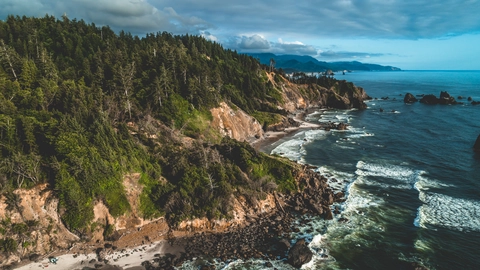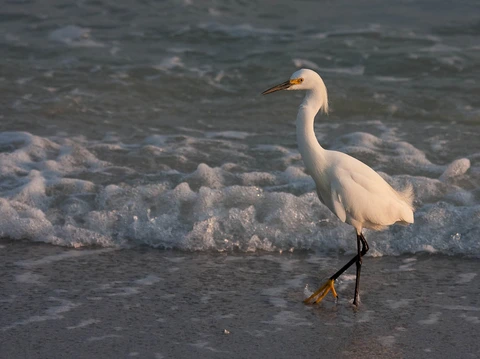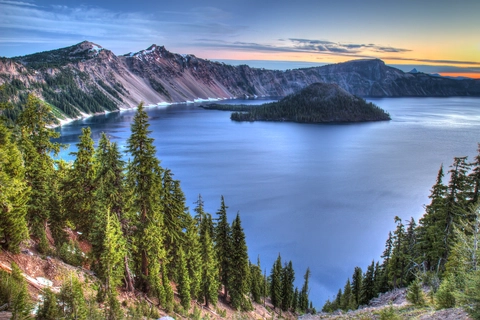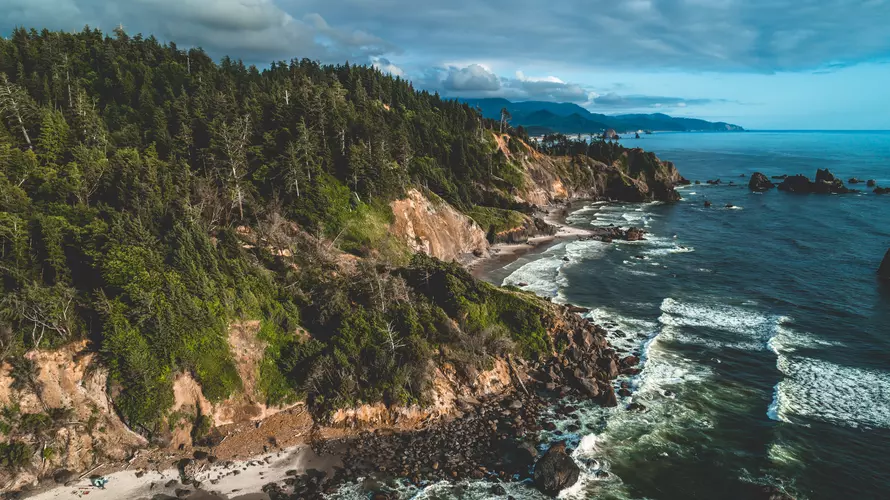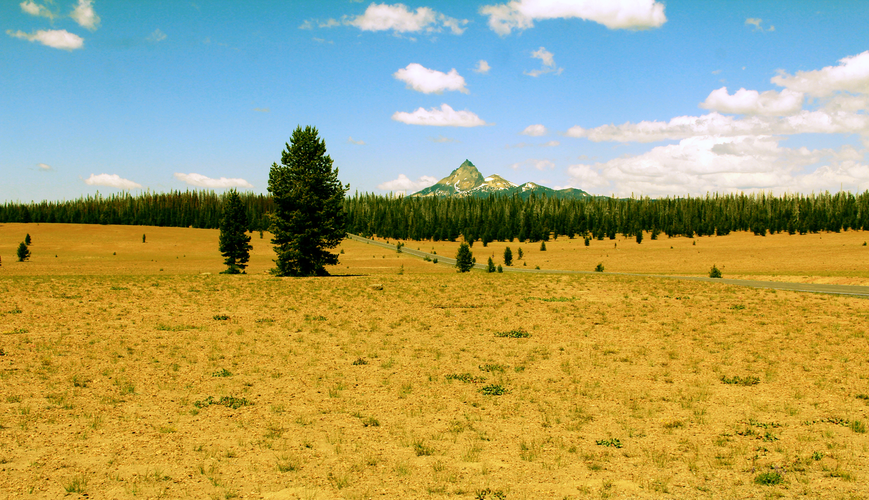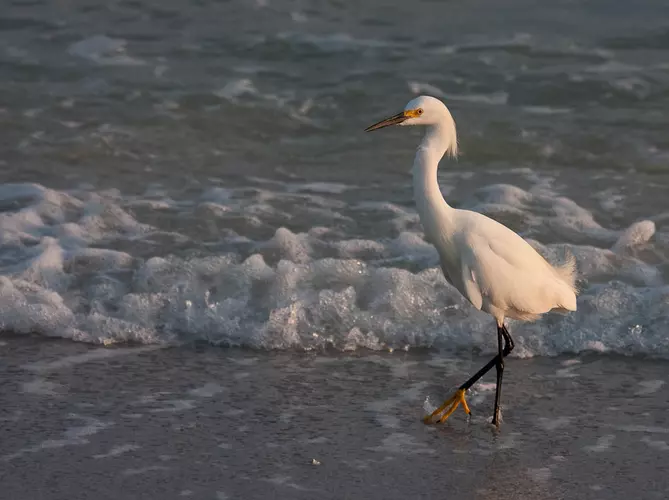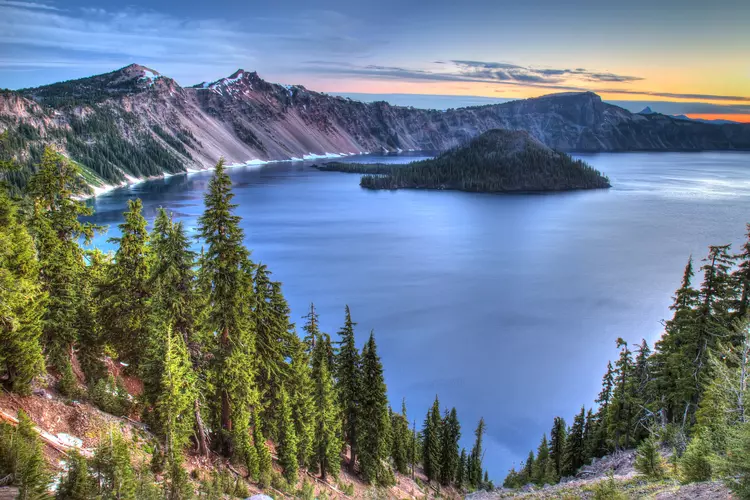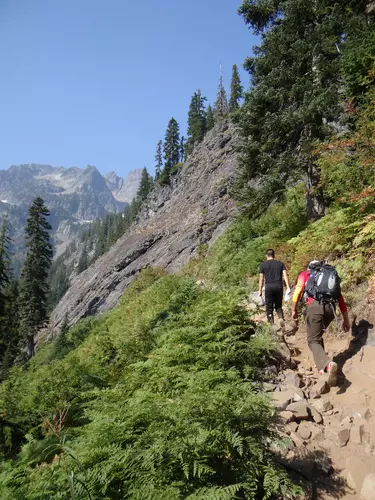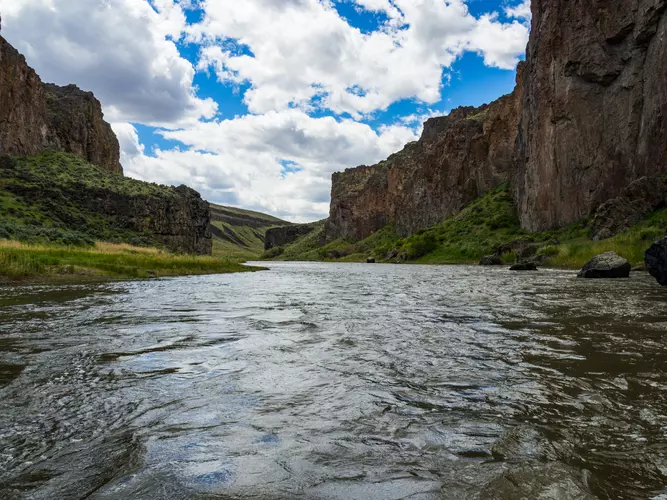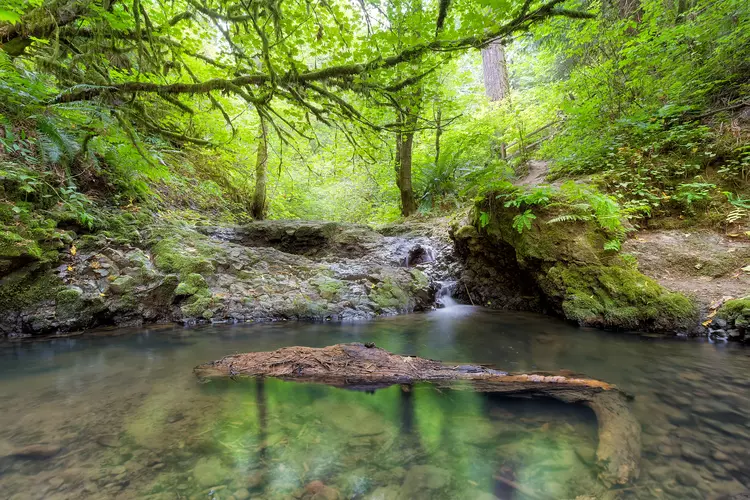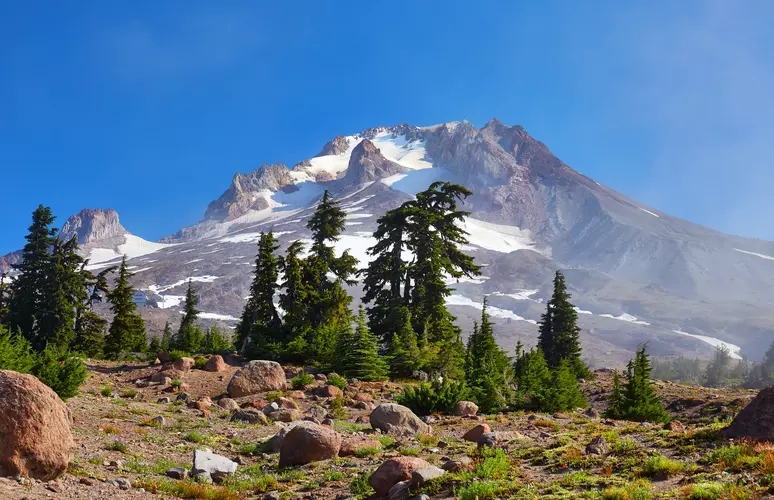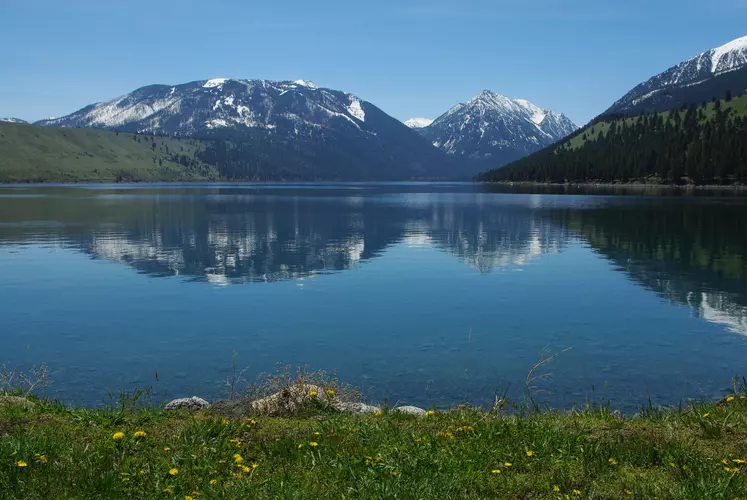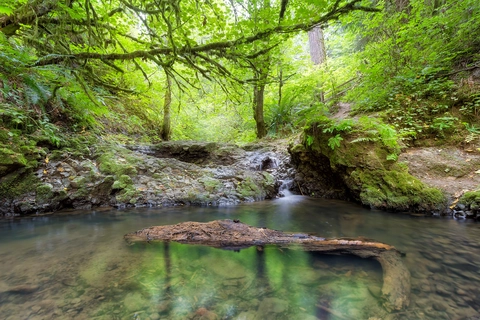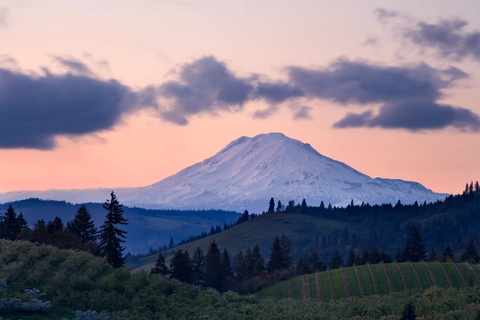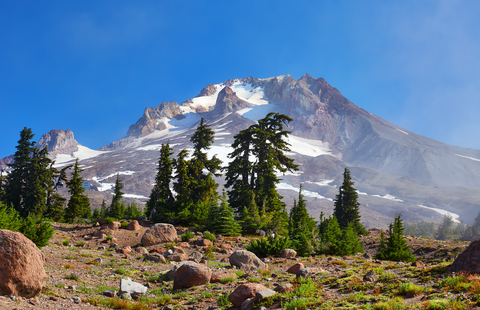"Discover Oregon's diverse trails, from coastal cliffs to verdant forests, each brimming with adventure."
Oregon is a hiker's paradise, offering diverse landscapes that range from the rugged coastline of the Pacific to the lush, verdant forests of the Cascades. Imagine trekking through the mystical moss-draped trails of the Columbia River Gorge, where waterfalls cascade like liquid silver, or conquering the volcanic peaks of the Three Sisters. Each trail tells a story, from the serene beauty of Crater Lake to the wildflower-strewn meadows of Mount Hood. Oregon invites you to explore its natural wonders and find your own adventure.
Most popular hikes
FAQs about hiking in Oregon





More hikes in Oregon
by difficulty
by type
